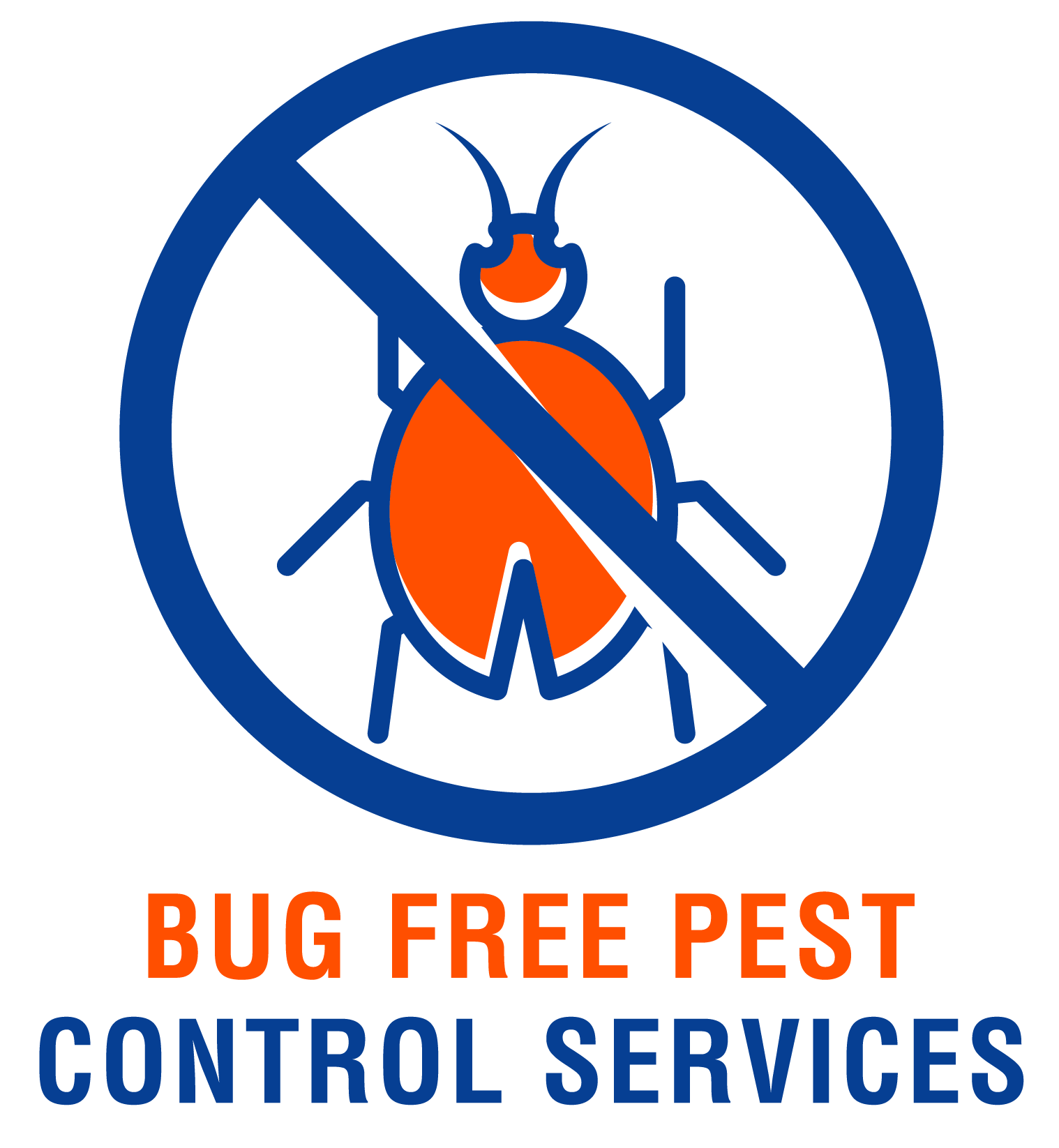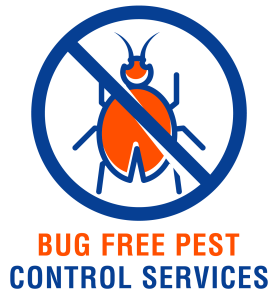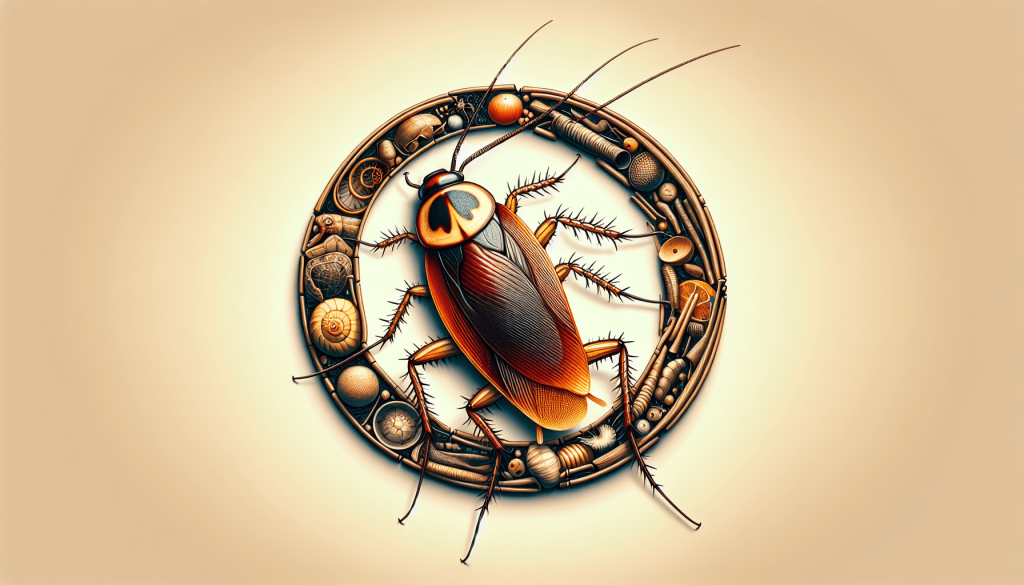In this article, we will provide you with some useful tips on how to identify common household pests. We all know how frustrating it can be to find unwanted critters roaming around our homes, so it’s essential to know what you’re dealing with. From tiny ants to pesky flies, we will take a closer look at various pests and give you the knowledge you need to spot them. By the time you finish reading, you’ll be equipped with the tools to keep your home pest-free.
Cockroaches
Cockroaches are small pests that can be found in many homes. They have a flat, oval-shaped body and are typically brown or black in color. One of their most distinctive physical characteristics is their ability to run quickly. This is because they have long, spiny legs that allow them to move with great speed.
When it comes to hiding places, cockroaches can be found in a variety of areas throughout the home. They are most commonly found in dark, damp areas such as basements, kitchens, and bathrooms. They like to hide in cracks and crevices, behind appliances, and in cabinets and drawers.
One of the most unpleasant things about cockroaches is the distinctive odor they emit. It can often be described as a musty or oily smell. This odor is produced by the cockroach’s scent glands and is often an indication of a larger infestation. If you notice this smell in your home, it is important to take action to get rid of the cockroaches as soon as possible.
Signs of a cockroach infestation include finding droppings that resemble black pepper or coffee grounds, noticing small, dark smears on walls or floors, and seeing live cockroaches scurrying away when you turn on the lights. If you come across any of these signs, it is important to address the infestation promptly to prevent it from becoming worse.
Ants
There are many different types of ants that can be found in and around homes. Some of the most common types include carpenter ants, sugar ants, and pavement ants. Each type of ant has its own unique characteristics and behaviors.
Ants are known for forming trails and nests, which can make them easy to spot. They often create trails along baseboards, countertops, or other surfaces, and these trails can lead you to their nests. Ant nests can be found in a variety of locations, such as in walls, under flooring, or in outdoor areas like gardens or patios.
When it comes to food preferences, ants can be quite diverse. Some ants are attracted to sweet foods, while others prefer greasy or protein-rich foods. Sugar ants, for example, are particularly fond of sugary substances like syrup or honey. Carpenter ants, on the other hand, are more likely to be attracted to decaying wood or other organic materials.
Ants can cause damage in a number of ways. Carpenter ants, for instance, can damage the structure of your home by tunneling through wood. Other ants, such as sugar ants, can contaminate food by crawling on it and leaving behind bacteria. It is important to address any ant infestations promptly and take steps to prevent future infestations.
Bed bugs
Bed bugs are small insects that are notorious for their ability to infest beds and other furniture. They are small and oval-shaped, with a reddish-brown color. Bed bugs are flat and can easily hide in tiny cracks and crevices.
One of the most common signs of a bed bug infestation is the presence of bite symptoms. Bed bug bites often appear as small, red welts that are itchy and uncomfortable. If you wake up with unexplained bites, it is a good indication that you may have a bed bug problem.
Bed bugs leave behind several signs of their presence. These signs include small blood stains on sheets or pillowcases, dark or rusty spots of bed bug excrement on mattresses or furniture, and the presence of discarded bed bug skins or shells. Additionally, you may be able to see live bed bugs if you inspect your mattress or furniture carefully.
Bed bugs have a number of hiding places. They are most commonly found in mattresses and box springs, but they can also hide in cracks and crevices in bed frames, headboards, and nightstands. They can even hide in electrical outlets or behind wallpaper.
If you suspect that you have a bed bug infestation, it is important to take action right away. Bed bugs reproduce quickly, so the problem can escalate rapidly if not addressed. Professional pest control operators can help eliminate bed bugs from your home and prevent future infestations.
Mosquitoes
Mosquitoes are small insects that are known for their ability to bite and feed on the blood of humans and animals. They have a slender body and long, thin legs. Mosquitoes can vary in color, but most species are gray or brown.
Mosquitoes have a unique lifecycle that consists of four stages: egg, larva, pupa, and adult. Female mosquitoes lay their eggs in standing water, and these eggs hatch into larvae. The larvae then develop into pupae, which eventually emerge as adult mosquitoes.
Mosquitoes are well-known for their feeding habits. Female mosquitoes feed on blood in order to obtain the necessary nutrients to reproduce. They are attracted to the carbon dioxide and body heat that humans and animals emit. Male mosquitoes, on the other hand, primarily feed on nectar from flowers.
One of the most identifiable characteristics of mosquitoes is their ability to fly and make a buzzing sound. Mosquitoes have long wings that allow them to fly quickly and agilely. They also have a long, proboscis-like mouthpart that they use to penetrate the skin and extract blood.
Preventing mosquitoes can be challenging, but there are several methods that can be effective. These include eliminating standing water where mosquitoes can breed, using mosquito repellent, wearing long clothing to cover exposed skin, and installing screens on windows and doors to keep mosquitoes out of the home.
Flies
Flies are common pests that are known for their ability to transmit diseases. There are many different species of flies, but some of the most common include house flies, fruit flies, and blow flies.
House flies are the most common type of fly found in homes. They are typically gray in color and have four black stripes on their body. Fruit flies, on the other hand, are smaller and are usually tan or yellow in color. Blow flies are larger and have a metallic appearance.
Flies lay their eggs in various types of organic matter, such as garbage, decaying food, or animal waste. This organic matter serves as a food source for the fly larvae, which hatch from the eggs. Once the larvae develop, they become flies and continue the life cycle.
Flies are capable of transmitting diseases because they often come into contact with bacteria or viruses that can cause illness in humans and animals. When flies land on food or surfaces, they can leave behind traces of these disease-causing organisms. This is why it is important to keep flies out of your home and ensure that food is stored properly.
Controlling flies can be challenging, but there are several methods that can be effective. These include keeping garbage sealed and taking it out regularly, cleaning up spills and crumbs, using window screens or fly strips, and using fly traps or insecticides as needed.
Termites
Termites are small insects that are known for their ability to cause significant damage to wooden structures. There are several different types of termites, but the most common species include subterranean termites, drywood termites, and dampwood termites.
Termites are destructive pests because they feed on cellulose, which is found in wood and other plant materials. They are capable of chewing through wood and can cause structural damage to buildings and homes. Termites often build tunnels or mud tubes to travel between their nest and food sources.
Termites have different castes within their colonies, including swarmers and workers. Swarmers are responsible for reproducing and forming new colonies, while workers are responsible for feeding and caring for the colony. Workers are often the type of termite that homeowners are most likely to come into contact with.
Signs of a termite infestation include finding discarded wings, noticing small piles of droppings that resemble sawdust or pellets, and seeing mud tubes on walls or other surfaces. Additionally, you may notice hollowed-out wood or structural damage in areas where termites have been active.
Inspecting your home for termites can be challenging, but there are a few tips that can help. Look for signs of termite activity, such as mud tubes or droppings. Pay attention to areas of your home that are prone to moisture, as termites are attracted to damp environments. If you suspect that you have a termite infestation, it is important to contact a professional pest control operator for assistance.
Rodents
Rodents are small mammals that can be found in many homes. Some of the most common types of rodents include mice, rats, and squirrels. Rodents have distinctive characteristics that set them apart from other pests.
Different types of rodents have different nesting and feeding habits. Mice, for example, are known for their ability to squeeze through small openings and can nest in a variety of areas. Rats, on the other hand, are larger and need more space to nest. Squirrels are typically found nesting in trees or attics.
Rodents are known for their gnawing and chewing behavior. They have sharp teeth that continue to grow throughout their lives, so they must constantly gnaw on objects to keep their teeth trimmed. This behavior can cause damage to structures, furniture, and other items in the home.
To prevent rodent infestations, it is important to take steps to make your home less attractive to these pests. This includes sealing any cracks or openings in the walls or foundation, keeping your home clean and free of clutter, storing food in sealed containers, and regularly inspecting and maintaining your home for any signs of rodent activity.
Spiders
Spiders are arachnids that can be found in many homes. There are thousands of different species of spiders, but some of the most common include house spiders, cellar spiders, and wolf spiders. Each species of spider has its own unique physical characteristics and behaviors.
Identifying spiders can be challenging because they come in a wide range of sizes and colors. However, most spiders have eight legs and two body segments, with some species having a distinctive pattern or shape on their abdomen. Some venomous spiders, like the black widow or brown recluse, have distinct markings that can help identify them.
Venomous spiders can be a cause for concern because their bites can be dangerous or even deadly. The black widow spider, for example, has a venomous bite that can cause severe muscle pain, abdominal cramps, and other symptoms. It is important to exercise caution and seek medical attention if you are bitten by a venomous spider.
Spiders create webs or nests to catch their prey. These webs can often be found in corners, along walls, or in outdoor areas like gardens or window sills. Some spiders, like the cellar spider, create messy, tangled webs, while others, like the orb-weaver spider, create intricate, circular webs.
Controlling spiders can be challenging because they are natural predators and can be beneficial for keeping other pests in check. However, if you have a spider infestation or are concerned about venomous species, there are steps you can take. These include removing clutter and webs, sealing cracks and openings, and using insecticides or natural repellents as needed.
Silverfish
Silverfish are small, wingless insects that are known for their silvery-gray color and fish-like appearance. They have long antennae and three tail-like appendages on their abdomen. Silverfish move in a fish-like manner, which is how they got their name.
Silverfish are often found in dark, damp areas of the home, such as basements, bathrooms, or kitchens. They are nocturnal and can move quickly. These pests are attracted to damp environments and can often be found hiding in cracks and crevices or under furniture.
Silverfish can cause damage to a variety of items in your home. They feed on a variety of materials, including paper, clothing, and glue. They can chew through wallpaper, books, or other items, causing unsightly damage. Additionally, silverfish can leave behind yellow stains or droppings, which can be a sign of an infestation.
If you suspect that you have a silverfish infestation, there are several control techniques you can try. These include reducing moisture in your home by using dehumidifiers or fixing leaks, sealing cracks and openings, vacuuming regularly to remove silverfish and their eggs, and using insecticides or natural repellents as needed.
Fleas
Fleas are small, parasitic insects that can infest both humans and animals. They have a flat body and long hind legs, which allow them to jump long distances. Fleas vary in size and color, but most are brownish-black in color.
Fleas have a complex life cycle that consists of four stages: egg, larva, pupa, and adult. Female fleas lay their eggs on the host, which can then fall off onto the environment. The eggs hatch into larvae, which feed on organic matter like flea dirt or skin flakes. The larvae then develop into pupae, eventually emerging as adult fleas.
One of the most common ways to identify a flea infestation is through the presence of bite symptoms. Flea bites often appear as small, red bumps that are itchy and can be grouped together in clusters. If you or your pets are experiencing unexplained bites, it is a good indication that you may have a flea problem.
Pets are often the source of flea infestations. Fleas can quickly infest dogs, cats, or other animals, and they can be quite difficult to eliminate. It is important to treat both your home and your pet to effectively get rid of fleas.
Treating a flea infestation often involves using a combination of methods. This can include using flea medication on your pets, washing bedding and vacuuming regularly to remove fleas and their eggs, and using flea sprays or insecticides as needed. In severe cases, professional pest control may be necessary to fully eliminate the infestation.
In conclusion, it is important to be able to identify common household pests in order to take appropriate action and prevent infestations. By understanding the physical characteristics, hiding places, distinctive odors, and signs of infestation of pests like cockroaches, ants, bed bugs, mosquitoes, flies, termites, rodents, spiders, silverfish, and fleas, you can better protect your home and maintain a pest-free environment. Remember to promptly address any signs of infestation and seek professional assistance if needed to effectively control and eliminate these pests.


